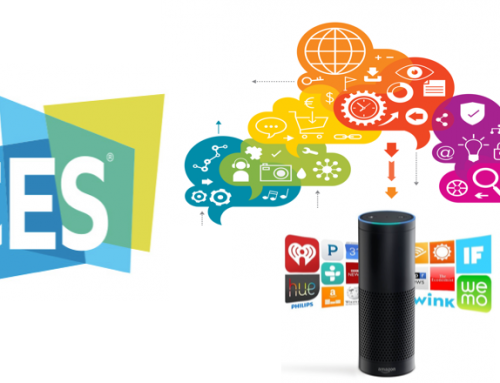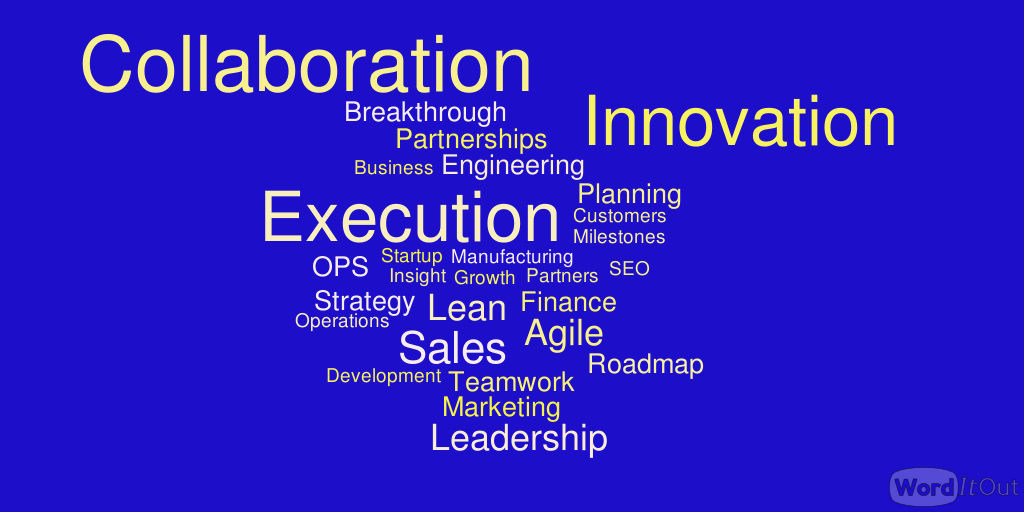 Last Friday Juxtology took a trip to the Stanford Institute of Design, known there as ”the D-School”. We had heard great things about what they were doing and wanted to see for ourselves by taking the weekly tour.
Last Friday Juxtology took a trip to the Stanford Institute of Design, known there as ”the D-School”. We had heard great things about what they were doing and wanted to see for ourselves by taking the weekly tour.
We were joined by some 20 or so other interested individuals – professionals and students – with backgrounds ranging from biology to art to engineering to teaching and more. The tour was hosted by four Stanford students involved in the D-school.
The experience was very insightful, interesting, motivating and also – a lot of fun.
 The D-school is located in the center of campus, and is filled with very open and re-configurable spaces to encourage creativity and optimize the creative process. Tools used in the creative process such as moveable whiteboards, storable post-it note story boards, couches on wheels, foam blocks to sit on, moveable walls, and fast prototyping materials were available throughout the space. Our hosts conducted the tour – more of an experience – with a set of games to illustrate some of the D-School practices, and to give us all a taste of the effectiveness of the methods.
The D-school is located in the center of campus, and is filled with very open and re-configurable spaces to encourage creativity and optimize the creative process. Tools used in the creative process such as moveable whiteboards, storable post-it note story boards, couches on wheels, foam blocks to sit on, moveable walls, and fast prototyping materials were available throughout the space. Our hosts conducted the tour – more of an experience – with a set of games to illustrate some of the D-School practices, and to give us all a taste of the effectiveness of the methods.
 The main theme that our hosts demonstrated for us is the overall design process championed by the school, illustrated here. In this design process the focus is always on the user, or the consumer of the result of the process. Getting into the skin of the user to understand what they really need or want, what their perspective is, limitations are, etc., was a passion for our hosts, and clearly a principal theme in the school. Then, based on this understanding, the problem statement for the process is defined in a collaborative effort, with an emphasis on thinking big (why solve little problems?!). Following definition, the Ideation process follows a “yes, and” (versus a more limiting no, instead) mindset, where many possible solutions to the stated problem are posed, and collected. The various ideas are grouped, evaluated, paired, dissected, complemented, enhanced, and otherwise enjoyed and improved by the team until inspiration on a design solution leads the team to the next phase – fast prototyping.
The main theme that our hosts demonstrated for us is the overall design process championed by the school, illustrated here. In this design process the focus is always on the user, or the consumer of the result of the process. Getting into the skin of the user to understand what they really need or want, what their perspective is, limitations are, etc., was a passion for our hosts, and clearly a principal theme in the school. Then, based on this understanding, the problem statement for the process is defined in a collaborative effort, with an emphasis on thinking big (why solve little problems?!). Following definition, the Ideation process follows a “yes, and” (versus a more limiting no, instead) mindset, where many possible solutions to the stated problem are posed, and collected. The various ideas are grouped, evaluated, paired, dissected, complemented, enhanced, and otherwise enjoyed and improved by the team until inspiration on a design solution leads the team to the next phase – fast prototyping.
The fast prototyping phase was also very interesting, with an emphasis on low-resolution prototypes. The idea of a low-resolution prototype is multifold. First, with a low resolution prototype (really just a mock-up that represents the solution at a high level) the process can reveal advantages and disadvantages of candidate solutions quickly. Second, the low-resolution and fact prototyping makes mistakes or impractical solutions visible much earlier and at very low cost. Third, one of the tenets of the D-School is that, in design, doing is much preferable to “thinking” (pontificating), as doing stimulates new ideas on implementation and solution improvements. I really like this idea. It is also very closely aligned with Agile development processes, which I also believe in.
The process then moves into testing the prototypes, again, with a focus on if this solution is really what is needed by the user. Is the solution practical? Can it be delivered successfully? Is it cost-appropriate to the user or situation? There is much more on these processes and others in the links below.
Using several games and situational examples, our hosts guided us through each of the steps of this process and emphasized the importance of iteration between the steps as new insight and learning takes place.
While these kinds of processes are emerging in our business practices more and more, it is great to see a school like Stanford further advancing the art and promoting this kind of user-focused and creative design process across various academic disciplines.
 The D-School has put quite a lot of free resources on-line for us all to enjoy – The D-School main page for resources is: http://dschool.stanford.edu/ , and the Bootcamp Bootleg link is: http://dschool.stanford.edu/wp-content/uploads/2013/10/METHODCARDS-v3-slim.pdf . I highly recommend that you take a look.
The D-School has put quite a lot of free resources on-line for us all to enjoy – The D-School main page for resources is: http://dschool.stanford.edu/ , and the Bootcamp Bootleg link is: http://dschool.stanford.edu/wp-content/uploads/2013/10/METHODCARDS-v3-slim.pdf . I highly recommend that you take a look.
A closer look into the D-School tools and practices should be very worthwhile to all business leaders or process owners that want to instill more user-centric, collaborative, and creative tools in producing great solutions to real world problems.







Leave A Comment